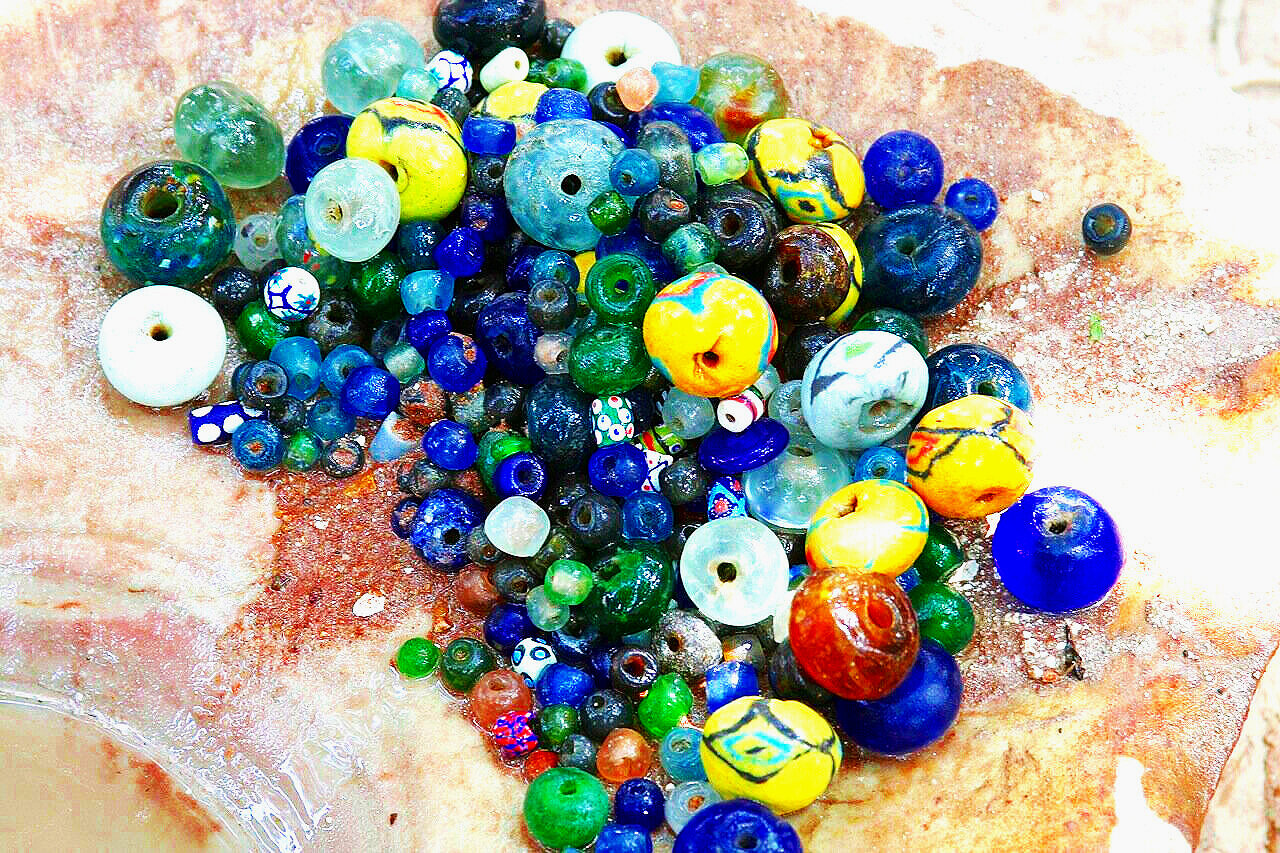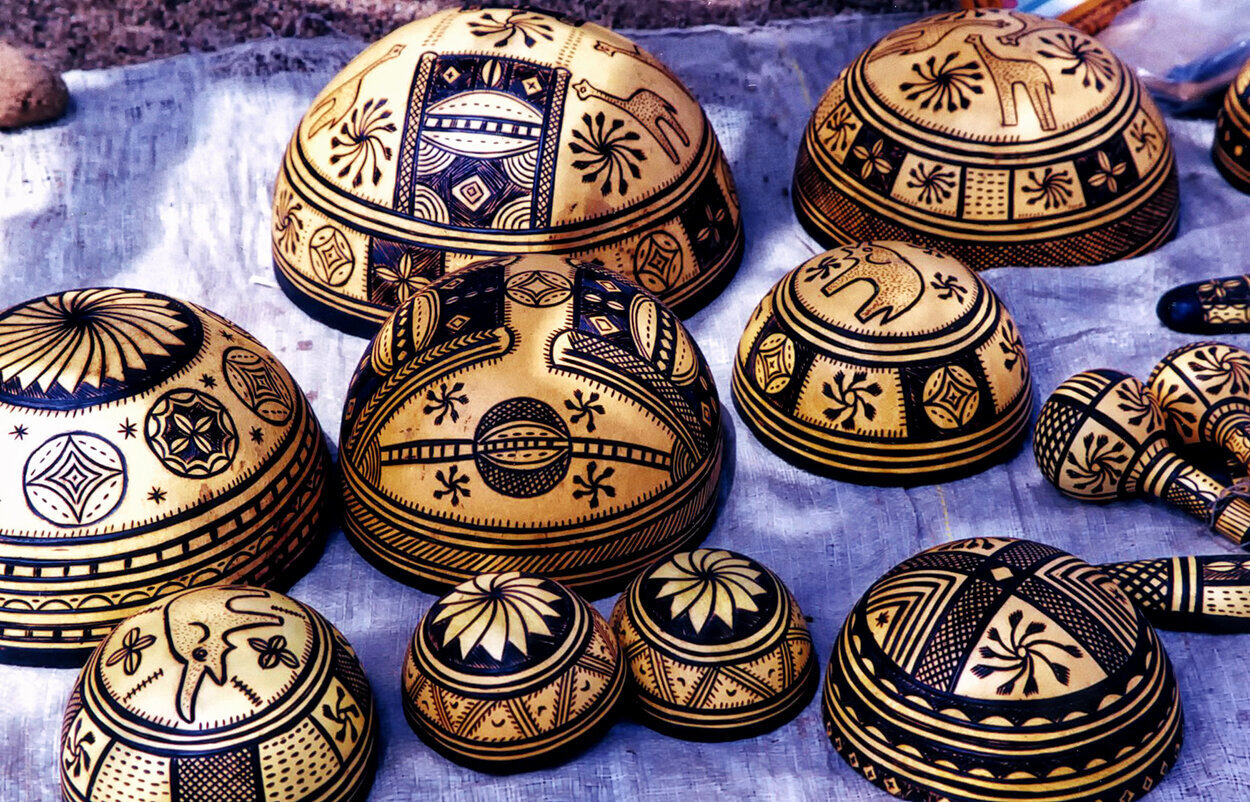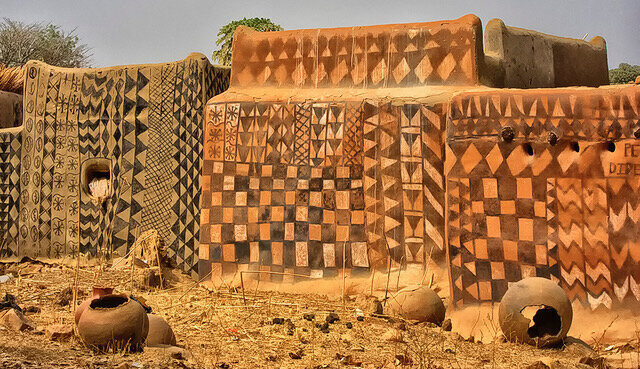
West African Ghanaian Adinkra Cloth
Adinkra Cloth: its importance in society
In Africa, honoring ancestors is of paramount importance, and I was on a quest to learn more about the Ashanti and their long-standing traditions like their lavish funerals. The Ashanti are one of the largest ethnic groups in Ghana, and are a very tight knit group. Known for their powerful kings, gold which comes from the land they own, and their rich traditions, like the Akwasidae and their elaborate funerals. In fact, Adinkra means saying goodbye in Twi, the Akan language spoken by an Ashante.
For the cloth to be Adinkra, the main colors are red, brown, and black for the family members of the deceased with the men wearing large black adinkra cloth. Other cloths that are white and with many colorful designs are not used for funerals, but for special festive occasions. A man would wrap his adinkra cloth around his body in a toga style, with the cloth falling over one shoulder, while the other shoulder is exposed. The woman wears it as a two piece dress, skirt and top.
The cloth is unique because the designs printed on the cloth convey a message such as a Ashanti belief, proverb, or an aspect of the person who has passed away.
Ladies wearing mourning adinkra cloth, their faces blurred to respect their identity.
How adinkra cloth is worn for mourning
Contemporary adinkra cloth
My friend Paul wearing traditional adinkra cloth








